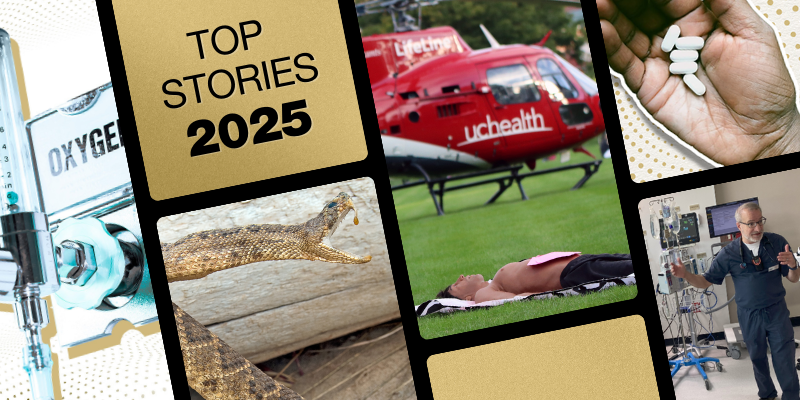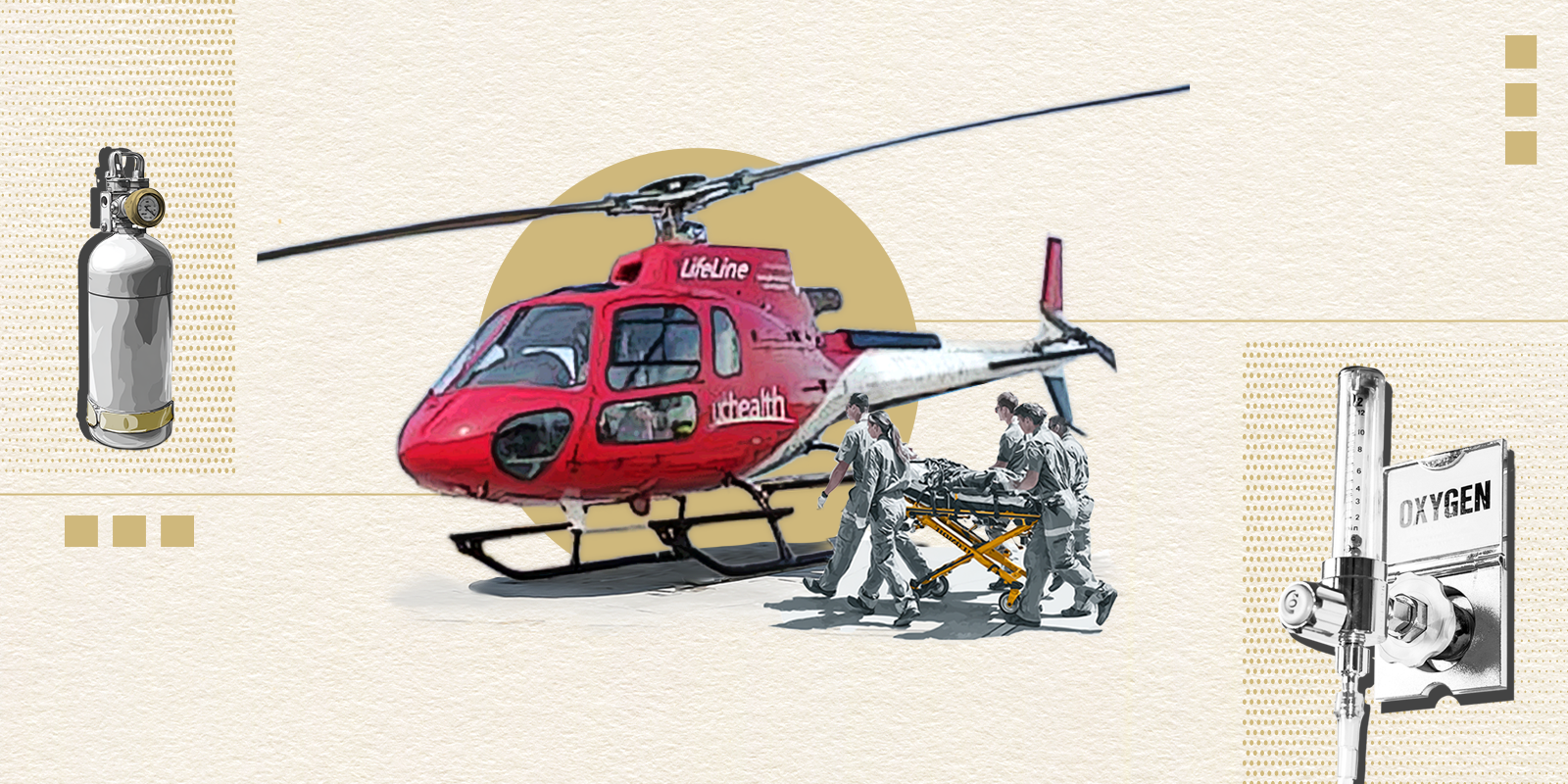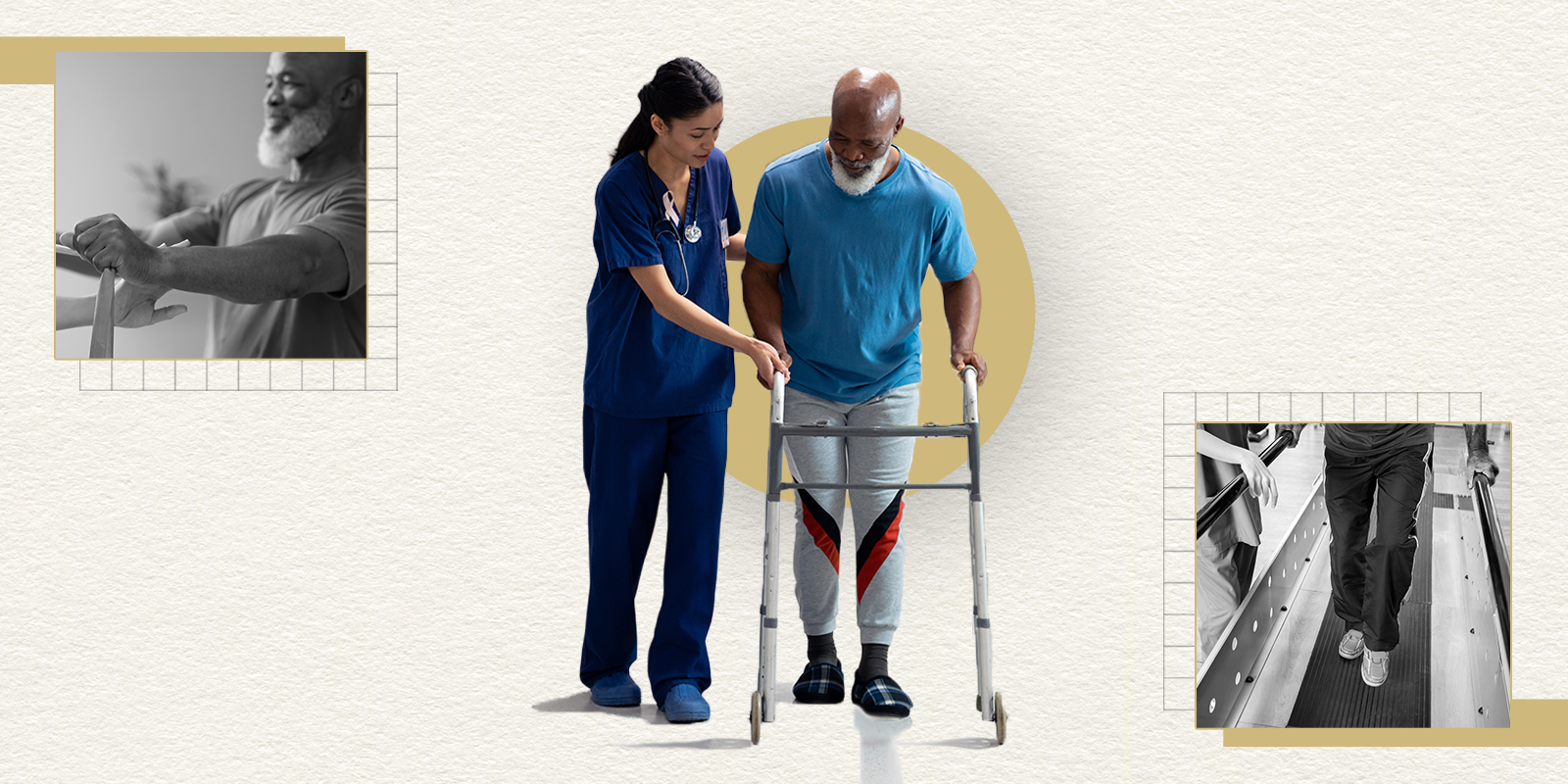Emergency medical services (EMS), or prehospital care teams, are the first medical contact for people needing immediate care and because of that they can have significant impact on how treatment will continue. Due to environmental, cultural, and socioeconomic factors, some patients don’t get the care they need, presenting EMS leadership with challenges to improve access to quality and equitable care.
Andra Farcas, MD, assistant professor of emergency medicine at the University of Colorado School of Medicine and EMS physician, wanted to learn about the gaps in patient care and found limited research on disparities related to patient demographic characteristics in prehospital care. This led Farcas to collaborate with researchers nationwide from the National Association for EMS Physicians (NAEMSP) to explore disparities in care. The group’s study was published late last year in the journal Prehospital Emergency Care.
Farcas and her research colleagues from NAEMSP’s Diversity, Equity, and Inclusion (DEI) Committee summarized existing literature on disparities in prehospital care delivery for patients identifying as members of an underrepresented race, ethnicity, sex, gender, or sexual orientation group.
Reviewing years of recorded EMS data
The researchers analyzed more than 50 years of peer-reviewed and non-peer-reviewed literature covering modern EMS teams, which emerged in the 1960’s following the National Academy of Sciences’ 1966 study Accidental Death and Disability: The Neglected Disease of Modern Society.
Overall, they screened 10,149 abstracts and reviewed 384 full texts but only 145 met their inclusion criteria. The 145 studies investigated differences in EMS access, pre-arrival care, EMS clinician diagnosis and treatment, response intervals, and transport decisions by patient characteristics.
"Studies were excluded if a disparity was noted incidentally but not a stated objective or discussion,” says Farcas. “For example, if a dosage difference between genders was noted but not discussed.”
Most prominent disparities in EMS care
The review identified disparities in all phases of EMS care relating to symptom recognition, pain management, and stroke identification for underrepresented groups including women and racial and ethnic minorities.
Farcas and her research colleagues found that the literature supports the concept that non-white patients were less likely to recognize heart attack and stroke symptoms than white patients. Additionally, women were more likely to recognize heart attack symptoms but waited longer to access EMS care. Their analysis suggests that a woman’s interpretation of and response to symptoms are influenced by previous experiences when medical professionals trivialized their conditions, which disincentivized them to seek care earlier.
Further, they found evidence that Black patients were less likely to receive bystander support for conditions such as bleeding, seizures, and respiratory issues compared to white patients.
While the review shows that access and prehospital care varies by demographic due to several factors, more research is needed for certain populations and scenarios.
“There weren’t a lot of papers looking at bystander support,” says Farcas. “There also weren’t many papers looking into disparities related to the lesbian, gay, bisexual, transgender, queer, intersex and asexual (LGBTQIA) communities. The public education we do needs to be geared toward community support, so more research is needed on some populations.”
Studies exploring strategies for reducing prehospital care inequities were limited and highlight a critical need for EMS as a community to design effective interventions for more equitable prehospital care.
National issue, local solutions
“This research is crucial because it lights a spark for our teams to look at our own communities and agencies, where groups of people may be impacted by emergencies differently,” says Angela Wright, MD, assistant professor of emergency medicine at the University of Colorado School of Medicine and medical director for UCHealth Denver Metro Emergency Services.
Wright has reviewed socioeconomic status for each zip code in the areas her team serves. “Within my own EMS teams, I can look at populations where there are traditionally areas of disparities,” she says. “I would use these four categories – EMS Access, Pre-Arrival Care, EMS Diagnosis and Treatment, EMS Response and Transport – and adapt them to data on local communities.”
Wright sees an opportunity to build implicit bias training into the new prehospital program that she and Farcas are launching in May 2023. The program will be housed within the CU Department of Emergency Medicine.
“These disparities are a national issue, but we can create local solutions,” says Farcas. “We can implement a quality improvement and quality assurance process for our local agencies and teach the foundations in our educational programs at CU Anschutz.”
“The research is step one. Next comes acknowledging gaps, then we can work towards solutions,” says Wright. “Biases are typically uncomfortable for folks to talk about, but you can’t train our future leaders to be at their best without having the conversation about why this type of research is important. If there is a better way to care for our communities, we should be doing it.”





